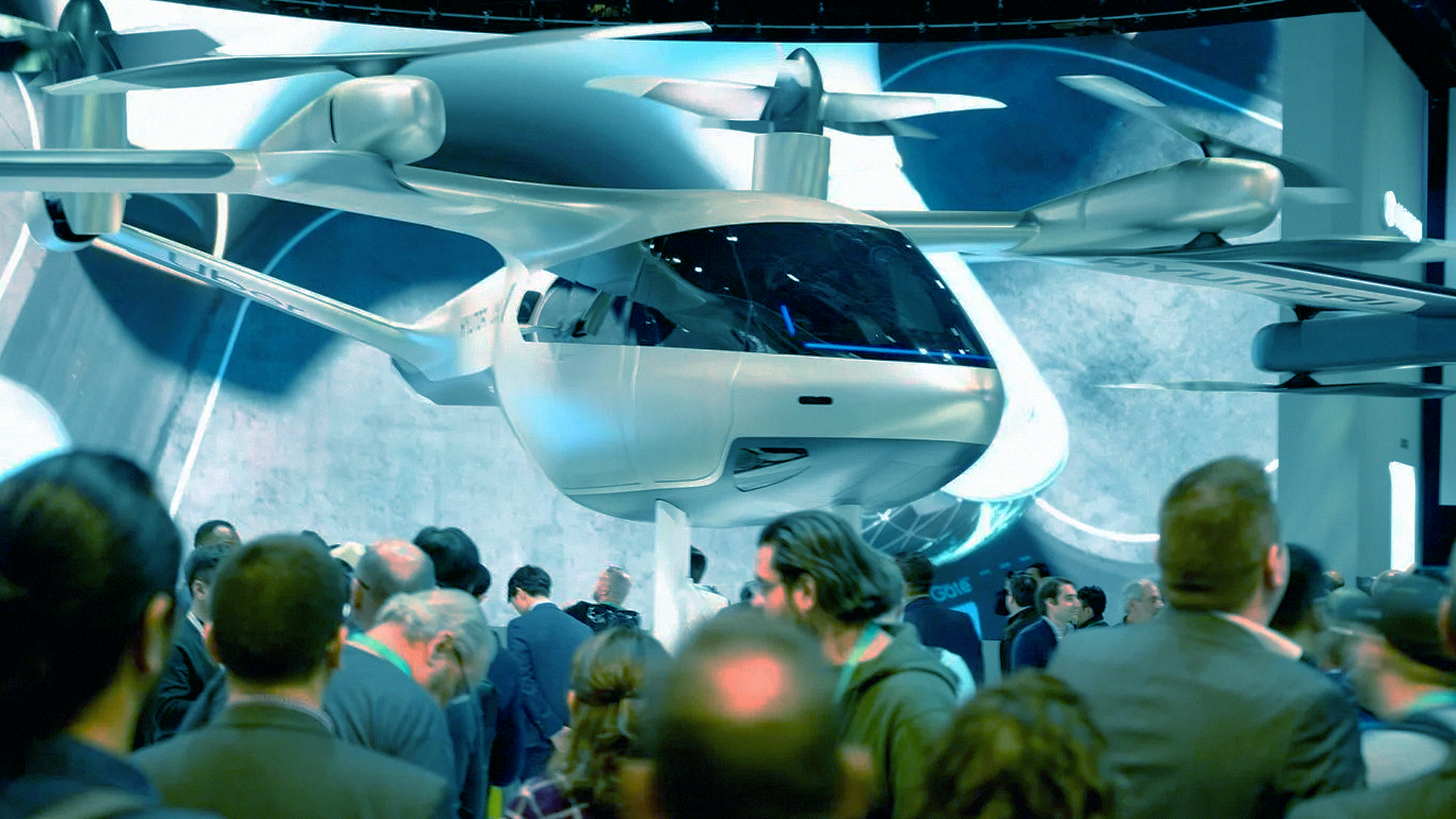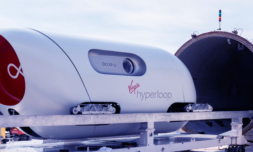The flying cars of science fiction could soon become part of our everyday reality, and savvy start-ups are looking to build city infrastructures now.
The recent Blade Runner sequel depicted a futuristic Los Angeles in the year 2049, where acid rain fell from skies crowded with flying cars called ‘skimmers’ that zip along aerial highways.
Disappointing as the movie was, its Hollywood writers may have been onto something in terms of tech developments in the mid twenty-first century. Right now, an industry wide desire to innovate and invest in autonomous air taxis is more palpable than ever, and the concept is fast moving away from science fiction and toward reality.
According to industry stats, upwards of 250 businesses are either planning on building, operating, or manufacturing projects involving urban-air-mobility vehicles (UAM) in the near future. Pie in the sky, no longer.
RT @jblefevre60: 🚁Electric driverless flying taxi!#AI #MachineLearning #Robotics #CES2021 @cheddar@SpirosMargaris @HaroldSinnott @gvalan @DeepLearn007 @ShiCooks @diioannid @Xbond49@kalydeoo @Ym78200 @Nicochan33 @Fisher85M @mvollmer1 @Fabriziobus… pic.twitter.com/hDtSsIDuSe
— Olus KAYACAN (@oluskayacan) January 5, 2021
Hovering above ever increasing levels of road congestion has been a novel idea for around a decade, but until recent advances in ‘vertical take-off and landing’ (VTOL) systems, electric propulsion, and advanced flight-control, the prospect of kicking back in a pilotless ride through the skylines of major conurbations simply hadn’t been feasible. Today though, we can allow ourselves to dream of trafficless journeys without dreaded driver passenger small talk.
That doesn’t mean to say you should delete your Uber app just yet. The autonomous aircraft market is still a bit of a Wild West.
Start-up companies are all working hard on their flagship vehicles, while venture capitalists, aviation corporations, and – as we previously mentioned – rideshare companies stake their claims with big bucks on a rapidly growing industry, and one which could be worth as much as $1.5 trillion USD by 2040.
Some of the most notable ventures at the forefront of this shift include the Volocopter 2X, which is essentially an oversized drone craft developed by German tycoons Volocopter, Joby Aviation’s unnamed hover vehicle recently purchased from Uber Elevate, and the Skolkovo Foundation’s four seater Airbus A3, which looks like something straight out of Back to the Future.






















